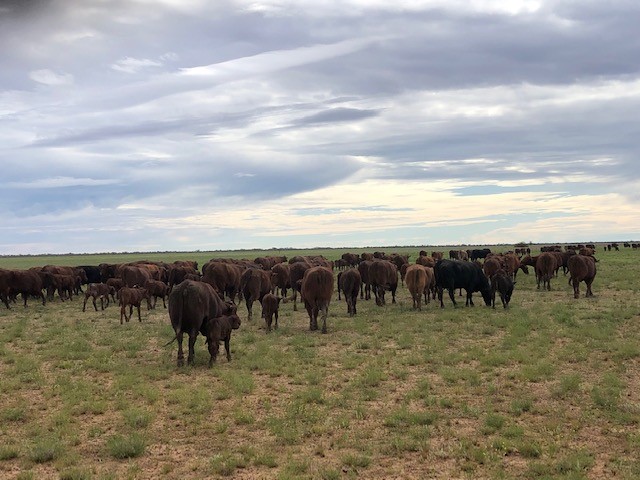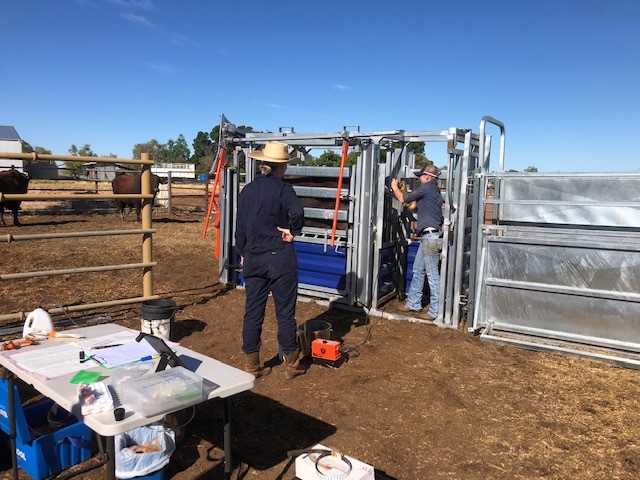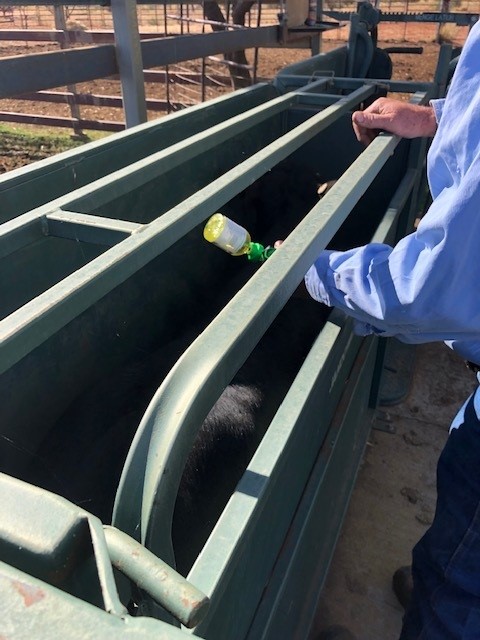Safe record keeping for responsible treatments
06 September 2022
-Min Read
As spring marking season approaches, increased pain relief products become available and biosecurity threats converge, livestock producers accredited through Livestock Production Assurance (LPA) are being urged to brush up on their knowledge of safe and responsible administration of animal treatments and record keeping.
Key points
- When treating animals for illness or pain, responsible and safe use of medications is essential
- Record-keeping assures consumers of best practice and assists with possible audits or contamination incidents
- When necessary, ensure correct training has been completed to administer medications, and use the services of your local veterinarian
For more information:
- LPA safe and responsible animal treatments checklist
- LPA livestock treatment template
- LPA chemical inventory template
- LPA Learning booklet
- myMLA sign in page
- ISC step-by-step guide - for creating and uploading record keeping documents online


